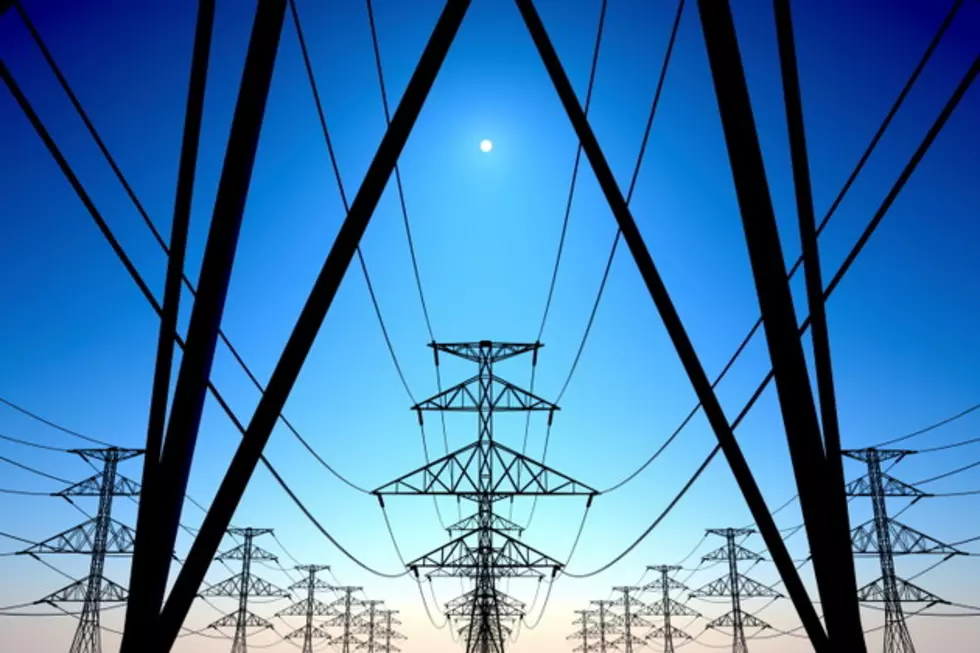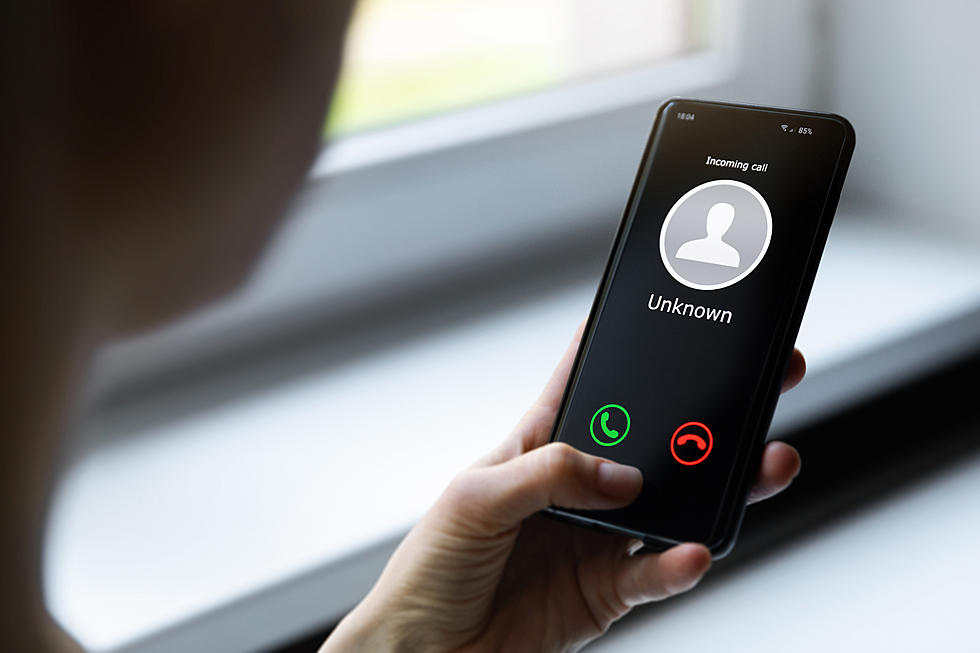
Power outages in NJ blamed on released party balloons
With milestone events like graduations upon us, a lot more Mylar balloons will be seen around neighborhoods and homes. But when the celebrations end, be sure to deflate the balloons to prevent fires and power outages.
PSE&G Director of Emergency Preparedness Paul Toscarelli said Mylar balloons are threats to overhead electrical wires and workers who come in contact with the balloons.
When the celebrations are over, always dispose of these balloons properly by puncturing it in several places to release the helium that otherwise could cause the balloon to float away and unintentionally touch a power line.
He said the metallic coating on Mylar balloons conducts electricity. So when a Mylar balloon touches a power line or floats into a substation equipment, it can cause a short circuit that can lead to downed wires, power outages, fires and injuries.
Earlier this year, Mylar balloons caused several noteworthy PSE&G outages, including one that affected more than 5,200 customers in Newark. Another balloon outage lasted about an hour, affecting more than 4,200 customers in Carteret. Last summer, a Mylar balloon drifted into power lines in Bayonne, knocking out power to traffic lights.
Toscarelli said always keep Mylar balloons and even kites away from overhead power lines and all utility equipment. Never touch a power line to attempt to retrieve a balloon or kite. Call PSE&G to report the problem at 1-800-436-7734 and let their crews safely retrieve the balloon.
More from New Jersey 101.5:
Your favorite place to dine outdoors in New Jersey
More From New Jersey 101.5 FM









